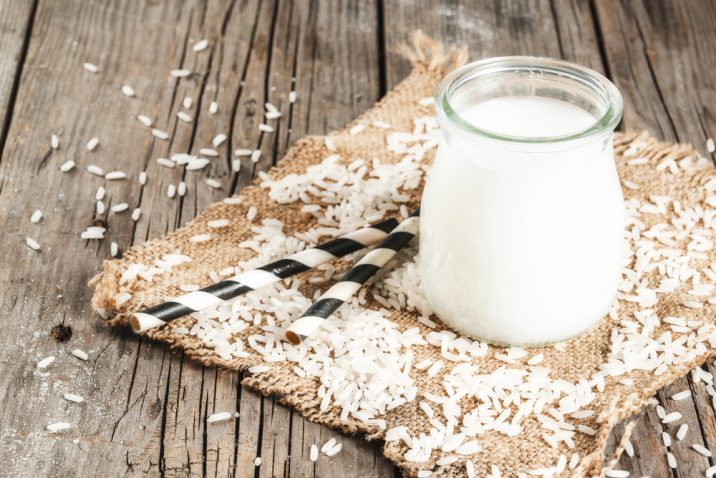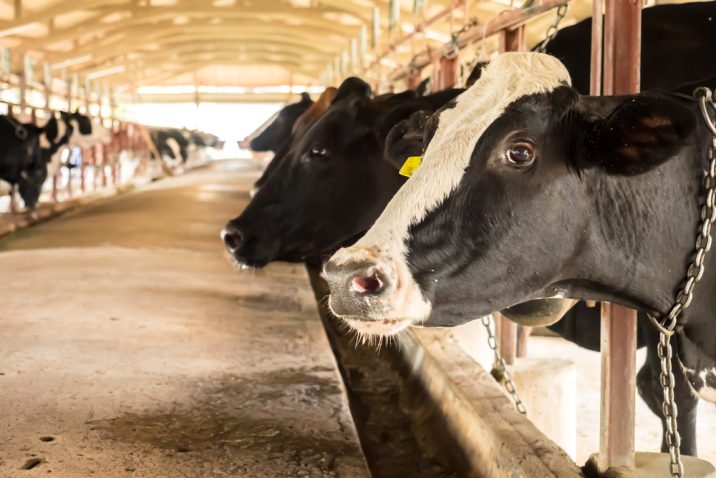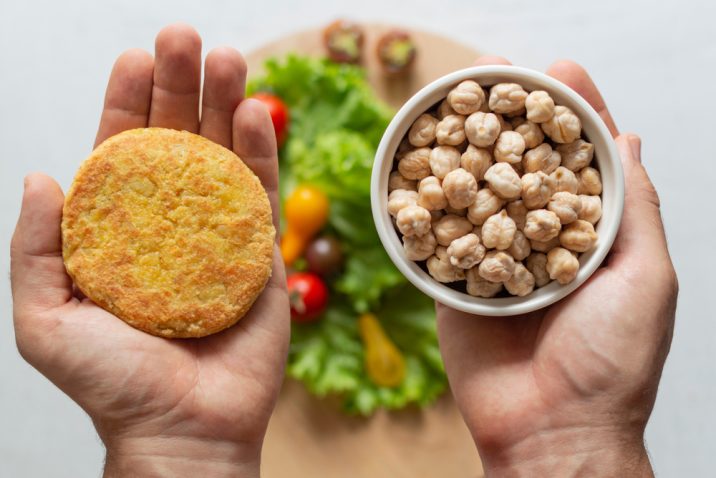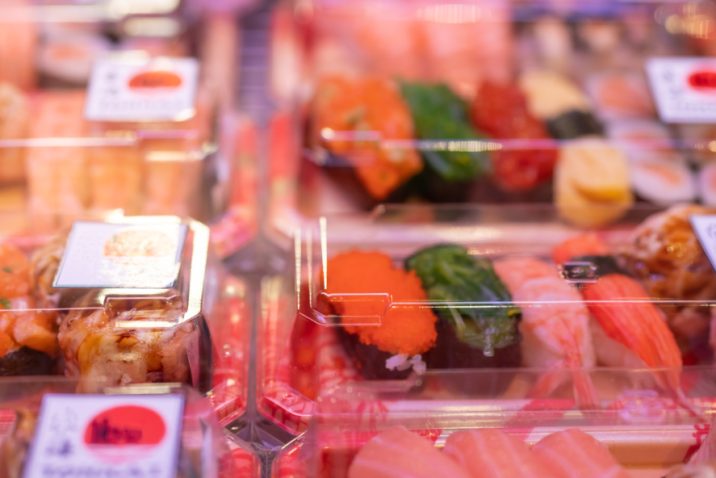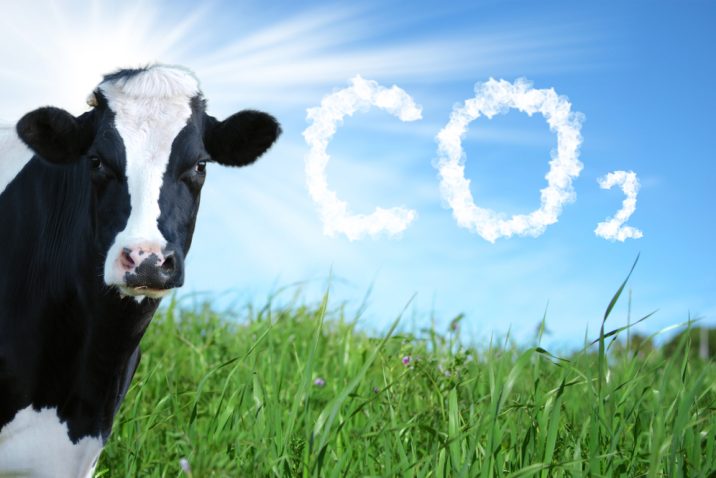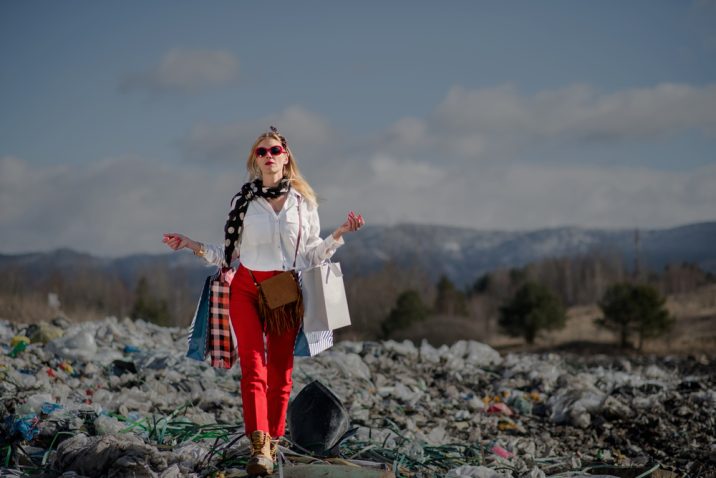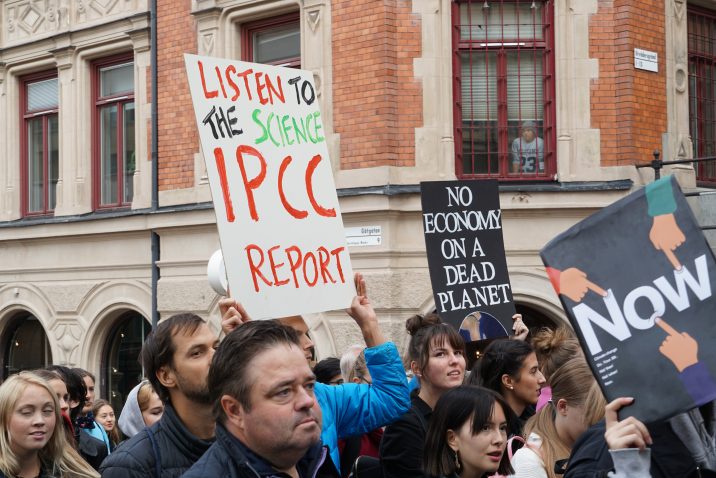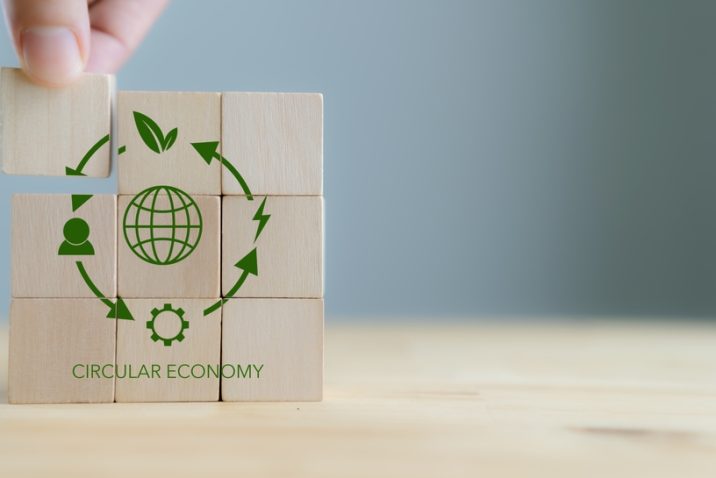Flygskam – this Swedish word, meaning “flight shame,” travelled all over Europe a few years ago to encourage people to stop flying to reduce greenhouse gas (GHG) emissions. It consequently spurred the use of another Swedish phrase, tågskryt, or...
In environmental terms, there are a number of reasons why plant-based milk is preferable to dairy milk. (You can catch up on them here.) While that has motivated consumers and dairy producers in Europe to shift to plant-based milks, in Japan...
Dairy food production in Japan In Japan, the consumption of red meat and dairy products has gradually increased over time as the diet has become westernized. At the same time, the consumption and production of rice, which is Japan’s traditional...
Traditionally, meat-eating has never been big in Japan. Considering the greenhouse gas emissions involved in meat production, it may be time Japan returns to its low-meat diet. Here we offer some ideas for protein-rich plant foods to replace meat...
Following the start of a new law in Japan on April 1 that aims to increase the circularity of plastic throughout its lifecycle, we look at one of Japan’s big areas of plastic use – food packaging. For many people, their image of Japanese food...
In a previous article, “IPCC forecasts unavoidable climate change damage to oceans, food and Asia,” we looked at how much worse the outcomes for the world will be the higher the degree of global warming. In the second part of its Sixth Assessment...
In everyday life, we are bombarded with shiny ads for the “fashion trend of the year” and the “latest seasonal collections.” Nowadays that happens not just via TV commercials and shop windows, but also when using the internet and social media. It’s...
The Intergovernmental Panel on Climate Change (IPCC) in February released another terrifying report. It forecasts that we are set to face a number of irreversible impacts from climate change over the decades to come, even with some effort to...
The basic concept of a Circular Economy is to maintain a supply chain that follows the cycle of 1) make → 2) use → 3) reuse/recycle. This principle has been applied in the use of renewable sources in the energy industry, and in the apparel industry...
In May 2020, Japan updated its Circular Economy Vision to respond to the failings of the linear economy model and growing demand for global markets and society to factor in environmental concerns. While changes include an outlook for developments in...



